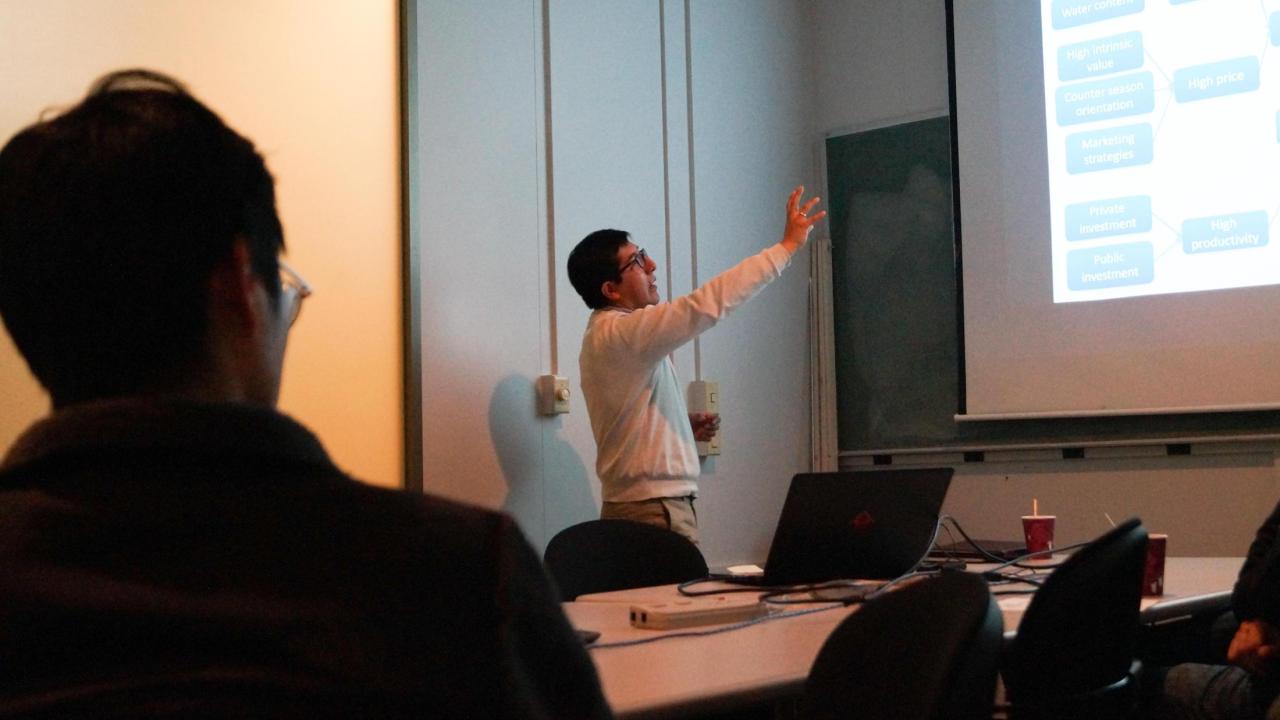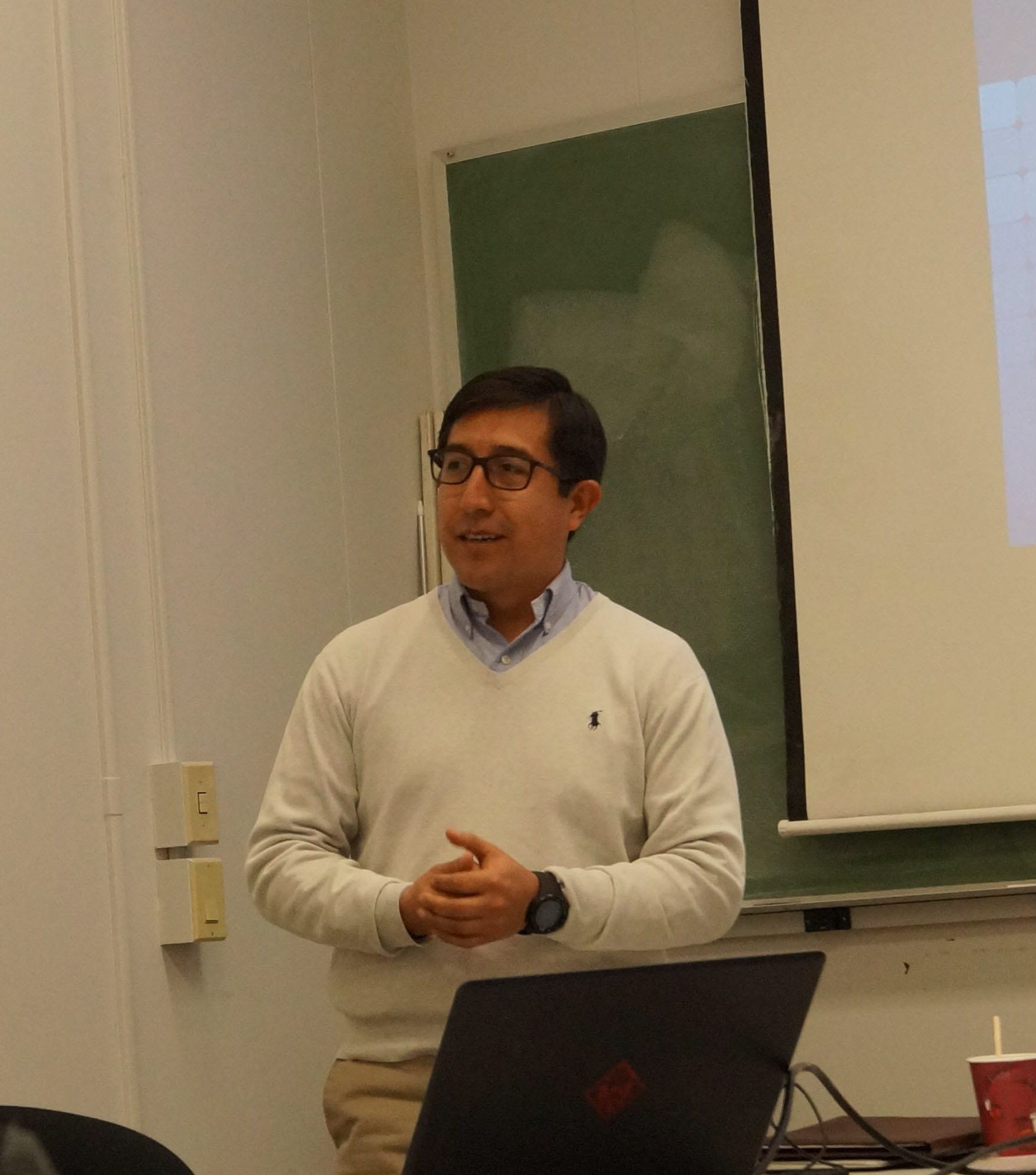
The Changing Agricultural Landscape in Peru
Over the past ten years, Peruvian agriculture has transformed. The industry has blossomed an, approximately, $2 billion industry in 2007 to over $7 billion in 2018.
According to Manuel Lopez Ortiz, the Director of the Master's degree program in agribusiness and Ph.D candidate at the University of Piura, Peru, this dramatic increase is due to a number of strategies that have been implemented in the last decade.
These strategies include managing water differently, enacting new land policies, expanding agriculture to desert regions, focusing on high value crops, opening new markets and introducing technology.
 Peru has a long history with agriculture. In fact, ancient Peruvians, "domesticated almost 3,000 potato varieties," said Lopez. Other staple crops, such as corn and quinoa, have been grown in the region for centuries.
Peru has a long history with agriculture. In fact, ancient Peruvians, "domesticated almost 3,000 potato varieties," said Lopez. Other staple crops, such as corn and quinoa, have been grown in the region for centuries.
But, the diverse ecosystems of Peru allow for many more crops to be grown. Because of the Andean Mountains and Peru's location on the coast, there are lush green valleys and arid desert regions. There is a lot of water in some places, and great soil that only needs a bit of nurturing to become very fertile in other areas.
And while small, traditional farmers typically stick to the staple crops their families have grown for generations, Peru has seen a surge of high-value crops recently. These crops, such as blueberries, avocados, mangoes, table grapes, artichokes, asparagus, mandarin, and others, have reshaped the way Peruvians are looking at agriculture.
"In Peru," Lopez said, "it's attractive for young people to think about agriculture, agroindustry and agribusiness."
This change in agriculture does not come without concerns. Lopez mentioned a few challenges that have been identified so far. For one, climate change brings the chance of droughts and an increased frequency of El Niño. Helping small farmers adjust and stay competitive and trying to stay environmentally sustainable are other concerns as well.
Overall, the future is bright for agriculture in Peru. Since the growing season in Peru is opposite of the US, and the US is the largest market for Peruvian foods, there is still a lot of untapped potential. Hopefully, with more time--and after arming himself with knowledge gained from institutions such as UC Davis--Lopez and other Peruvians can continue to help grow agriculture in Peru.
